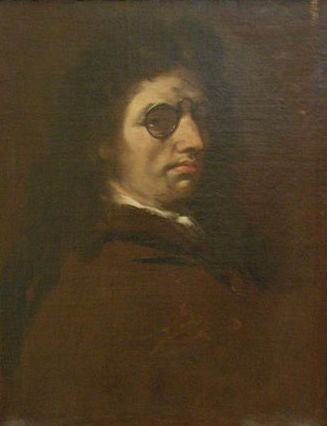(Naples 1632 - 1705)
Luca Giordano was an Italian painter who was also known as Luca Fa Presto (the fast), because of the speed with which he finished his artworks. He was mainly influenced by the painter Paul Veronese and by the Italian painter and architect Pietro da Cortona, with who he studied. Giordano also studied with the Spanish painter José de Ribera the “Little Spaniard”. He lived and worked in Naples, however he also realized some important works in Florence. Giordano worked at the service of Charles II in Madrid, where he lived between 1692 and 1700.
As Luca painted so fast, he realized thousands of works (about 5000), which almost all of them were fresco paintings. The harmony of the colours, the charm and his gift for invention are the most important characteristics of his artworks. At the same time, he also had a gift for copy other styles and painters. This versatility gave him the success and the value he had through his career. His style was dynamic as in the decorativism of the Italian Baroque.
A big number of his compositions are fresco paintings and a big part of his paintings are preserved in the walls of El Escorial monastery as well as in El Prado Museum in Madrid.
Some of his most known frescoes are the ones he painted in the dome of the Corsino Chapel in Florence, the work Christ expelling the Traders from the Temple (church of the Padri Girolamini, Naples), Battle of St. Quentin and The glory of the Spanish monarchy (fresco painting in the main staircase of El Escorial monastery, Madrid). Among his most important easel paintings we find Venus and Mars (Louvre Museum, Paris) and Birth of St. John the Baptist (Metropolitan Museum of Art, New York).


